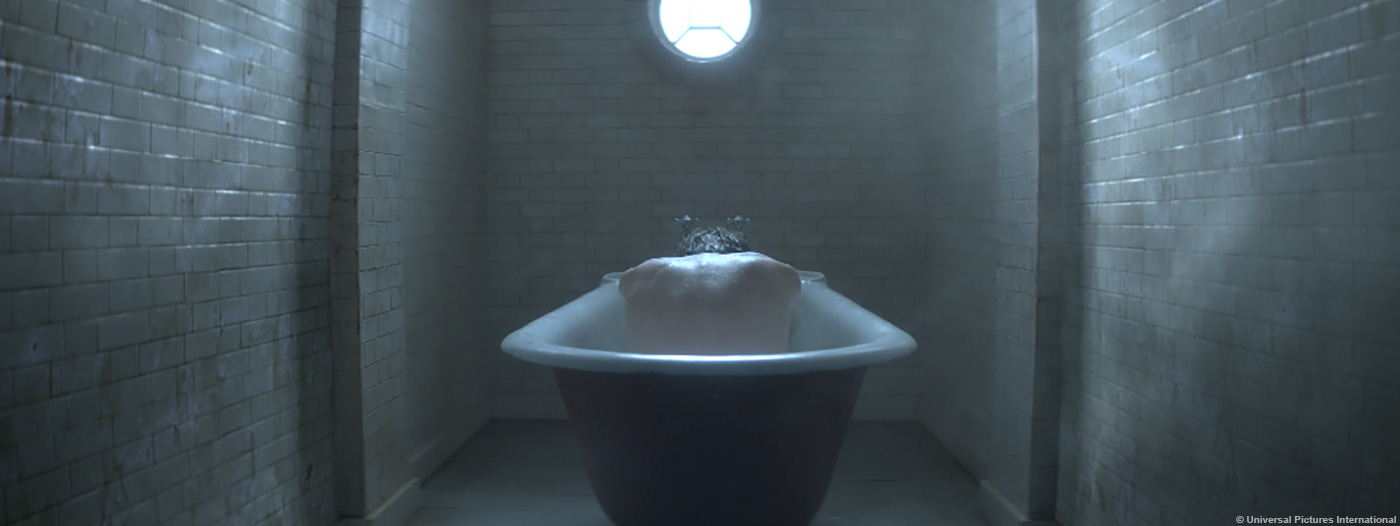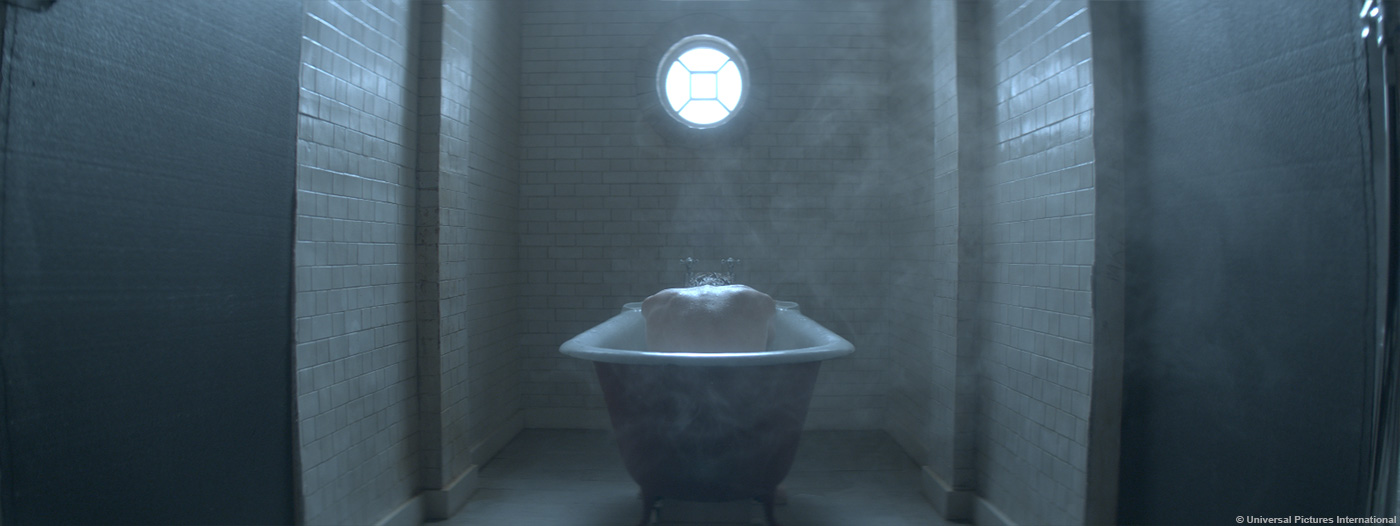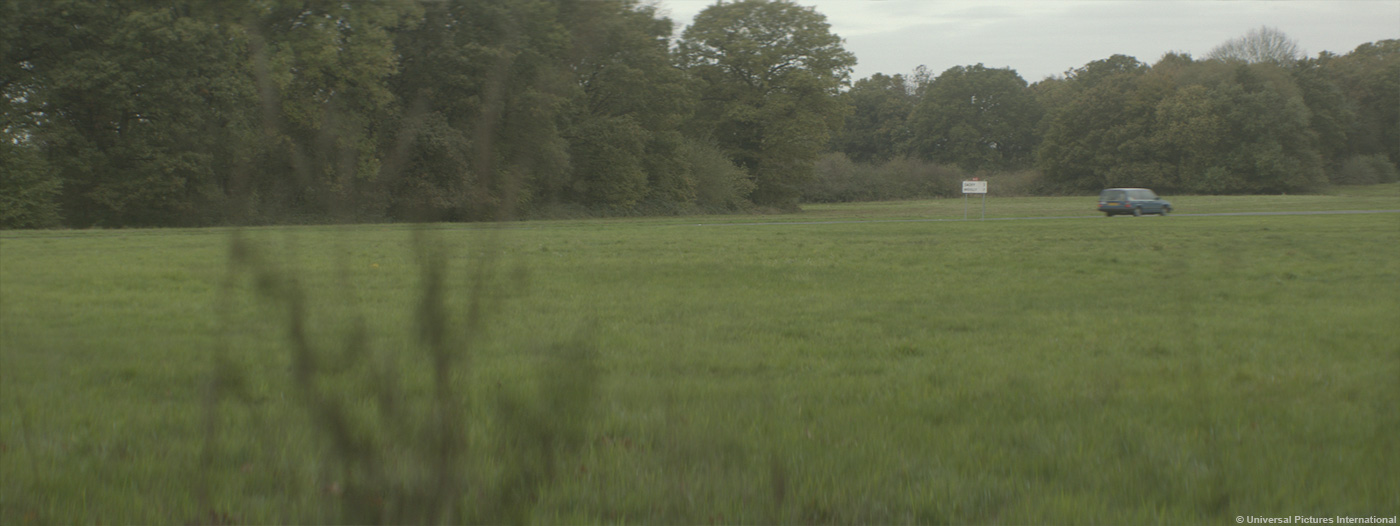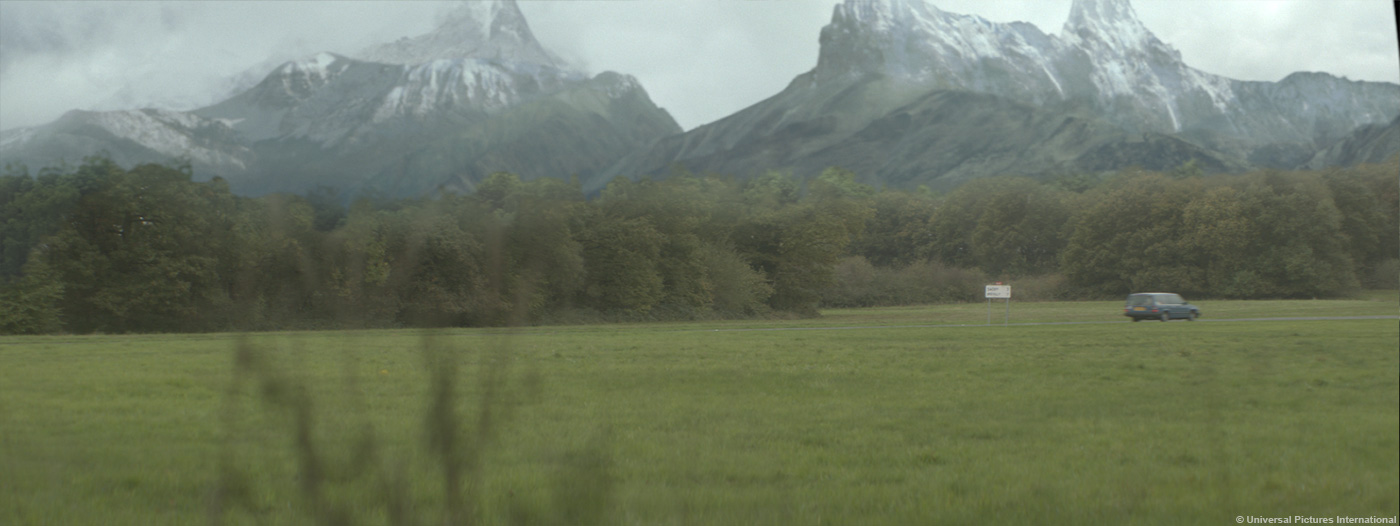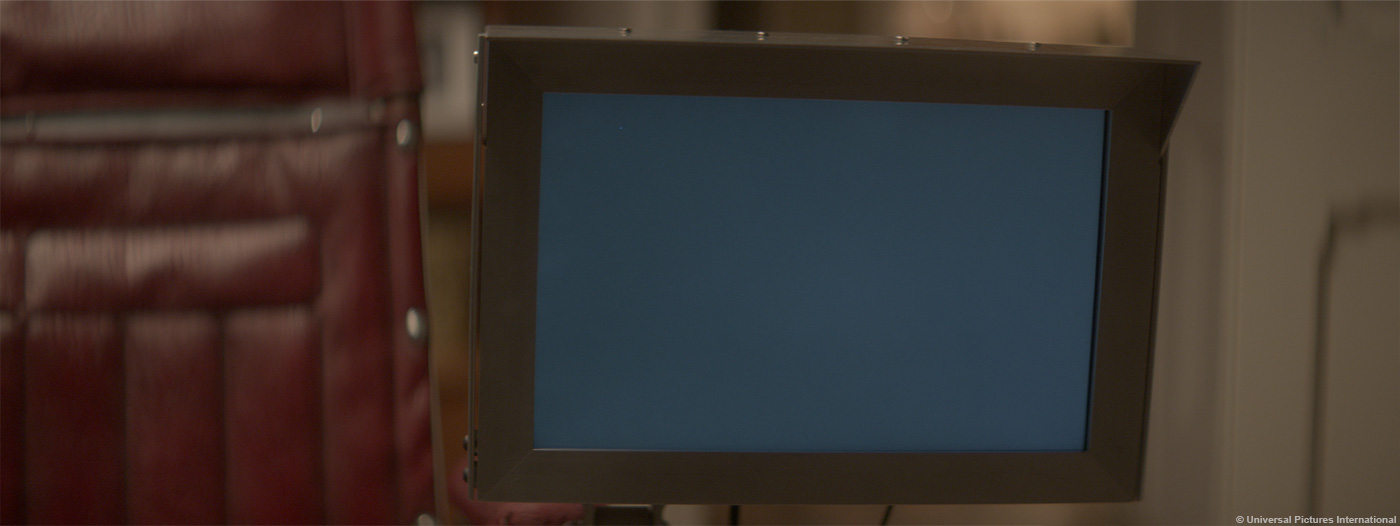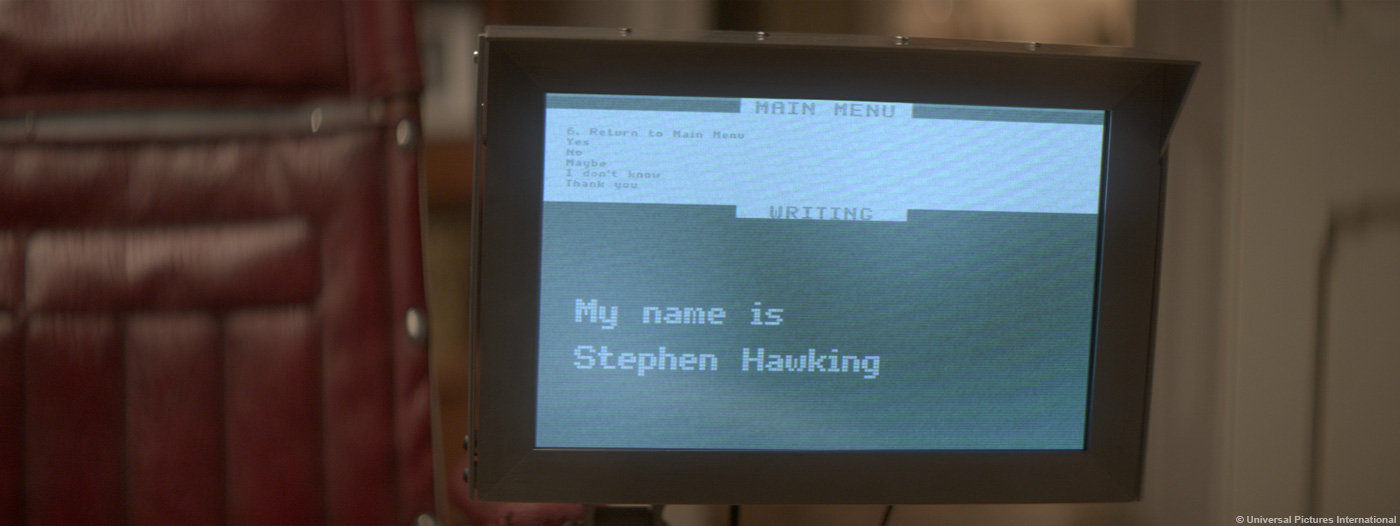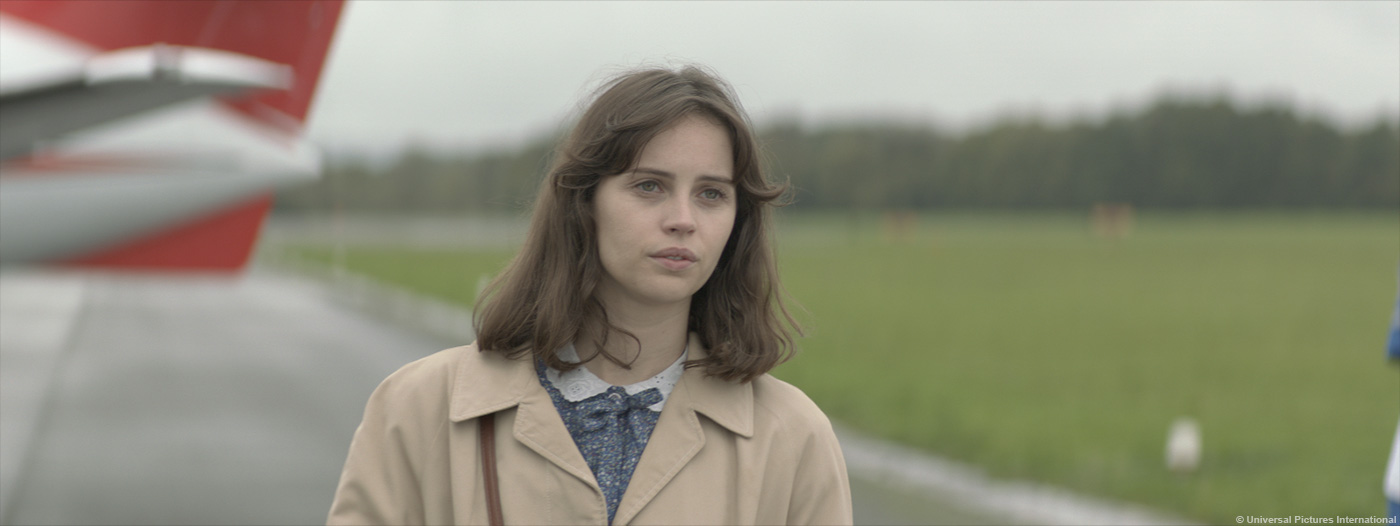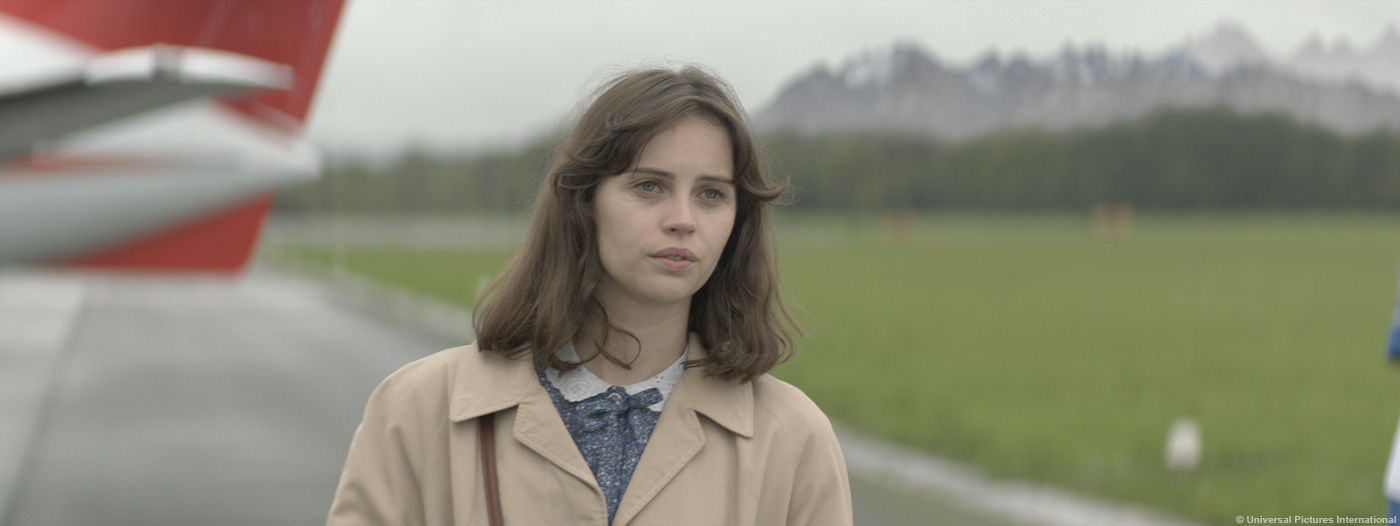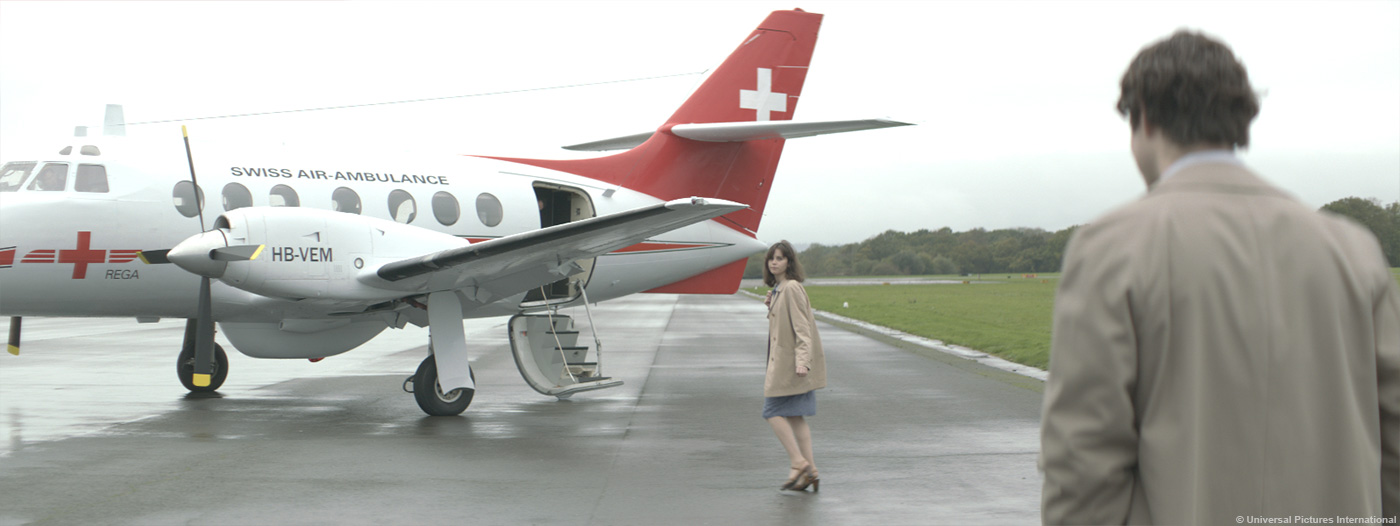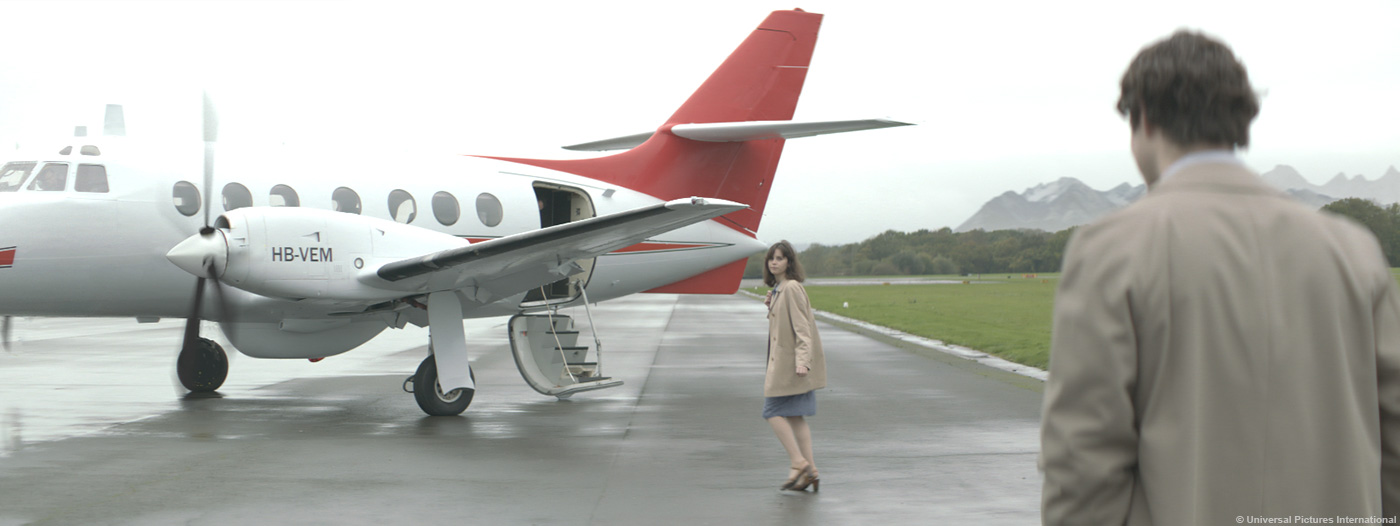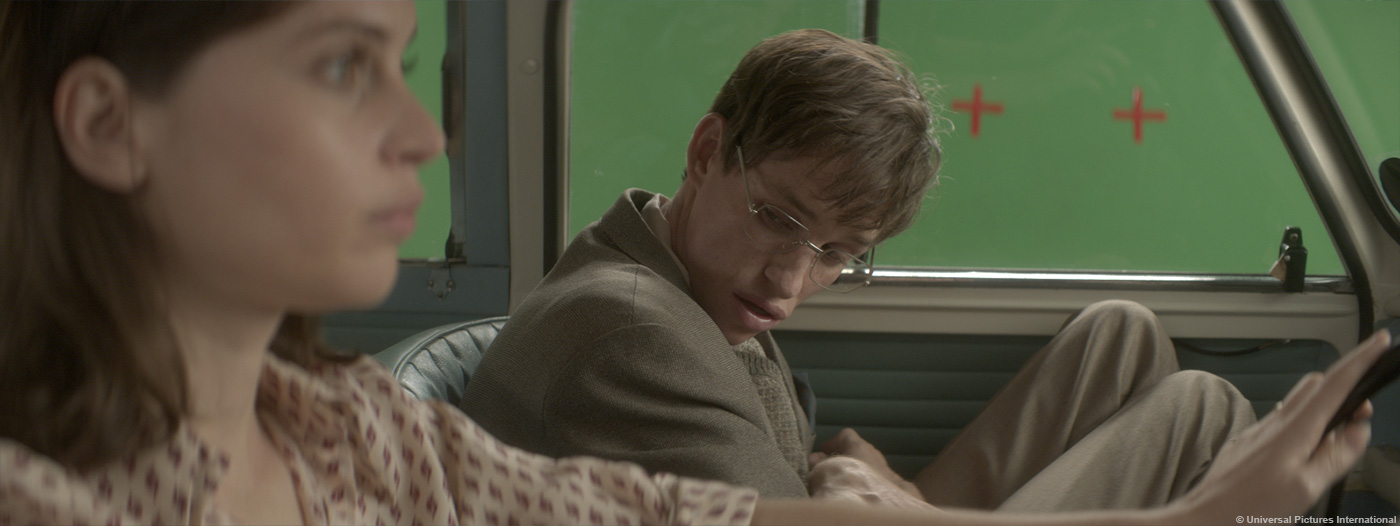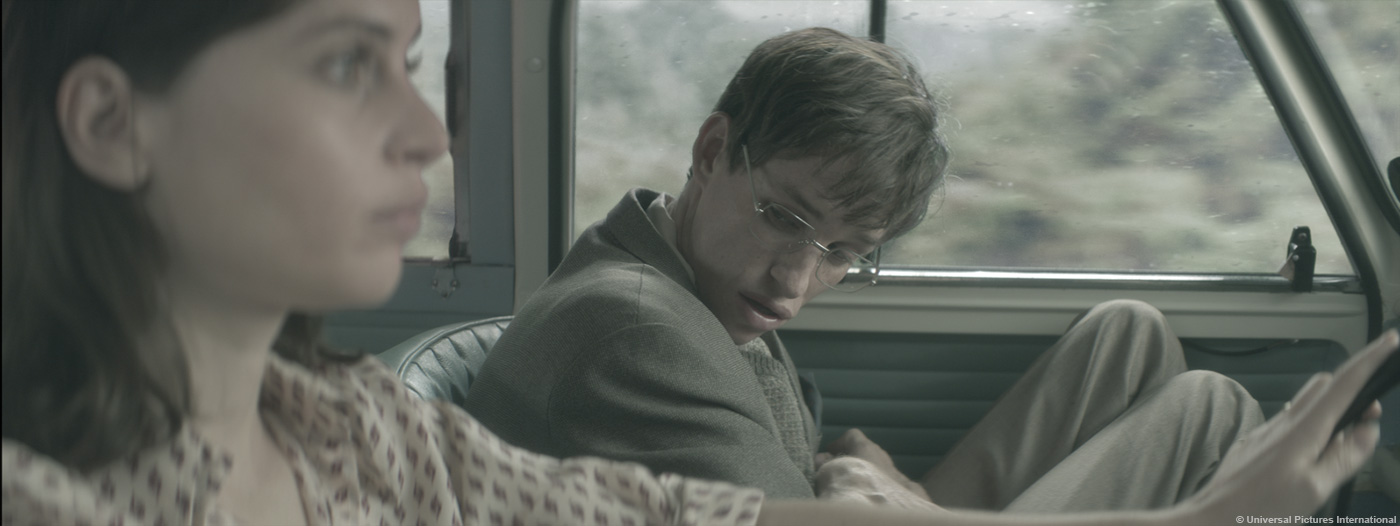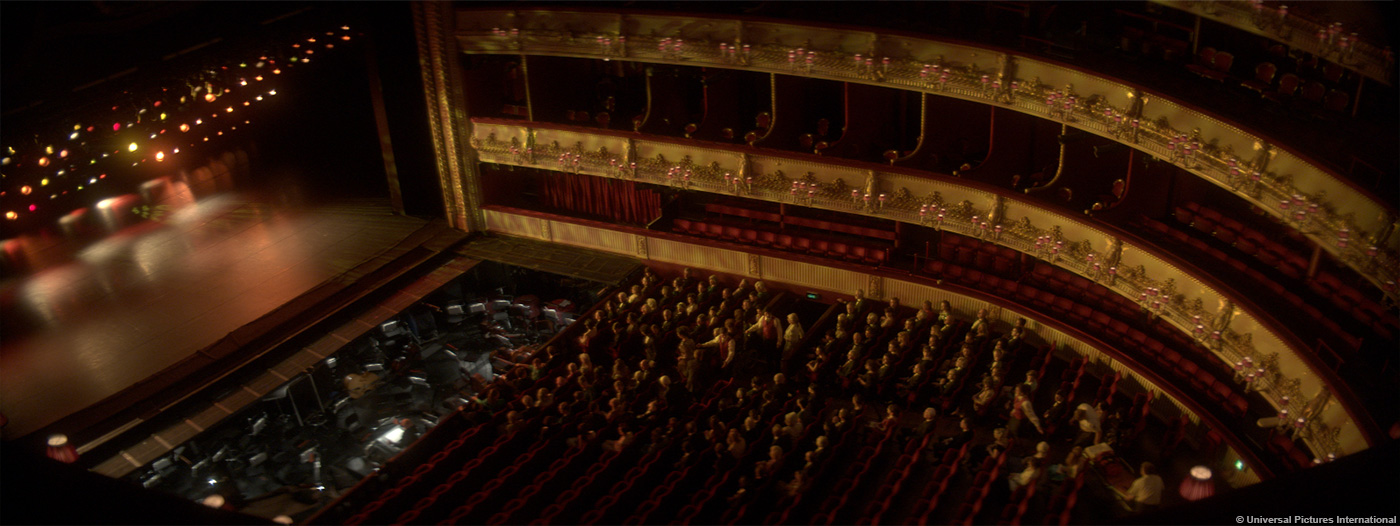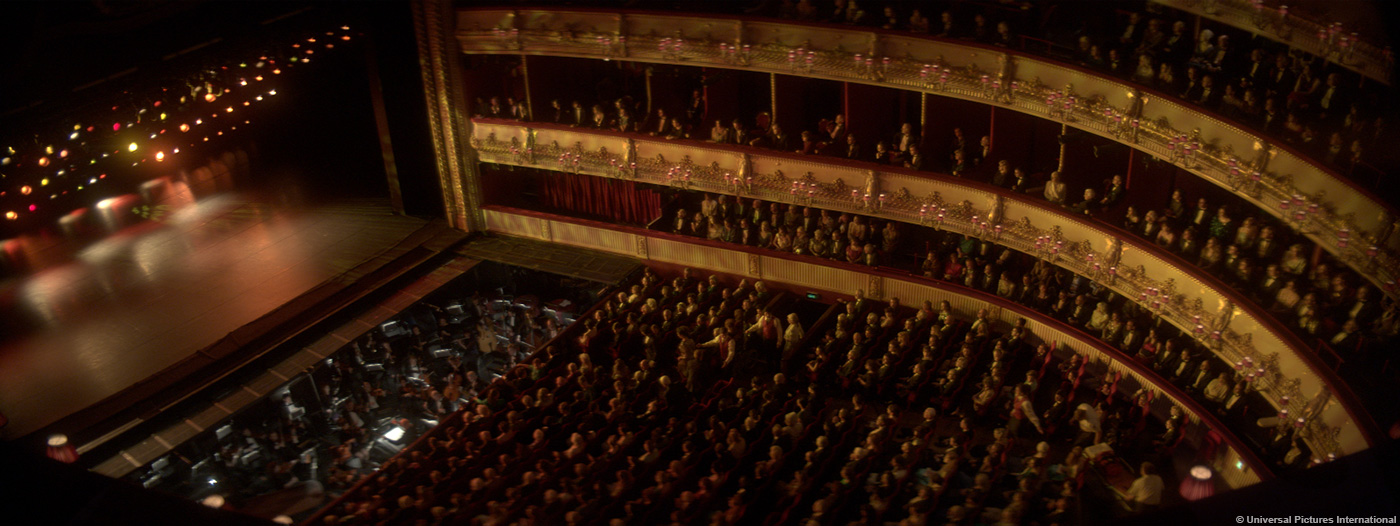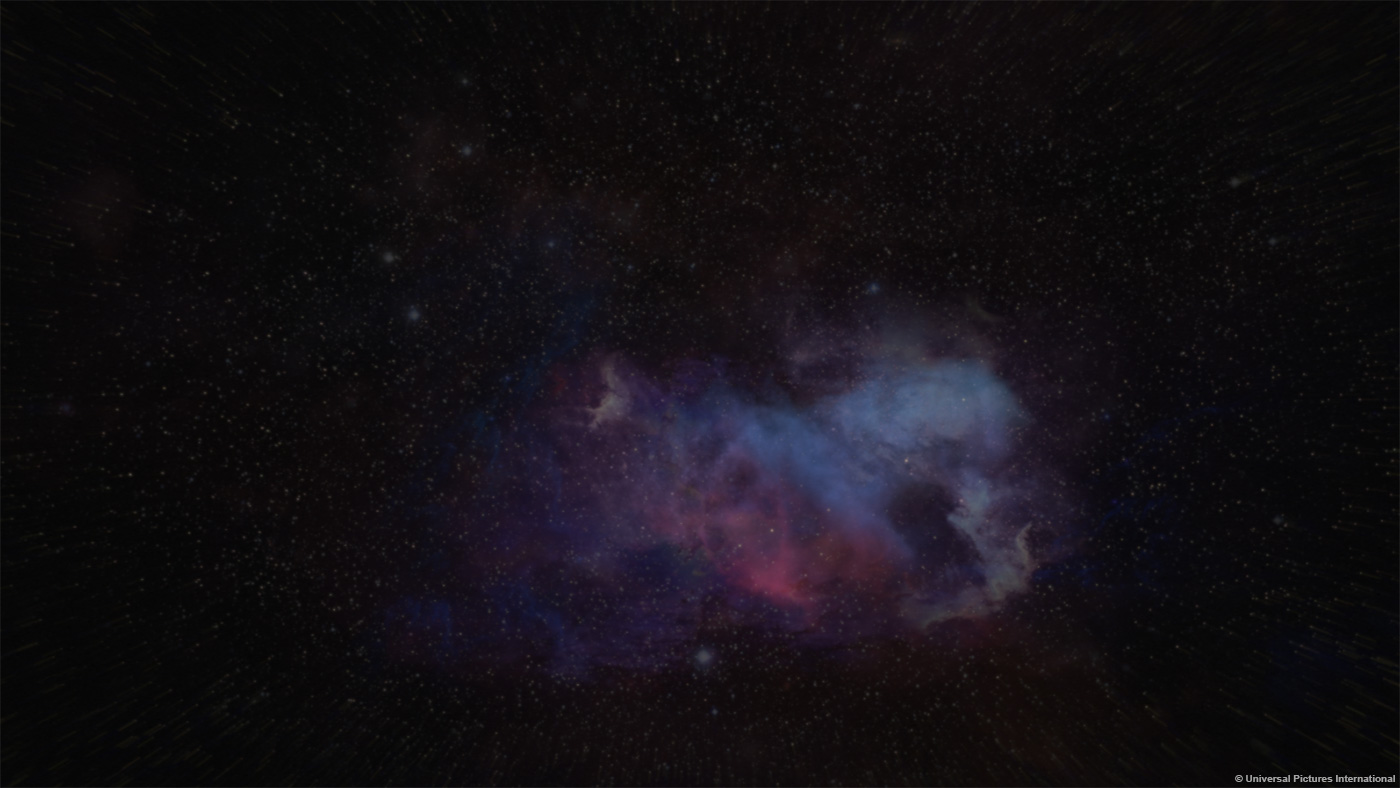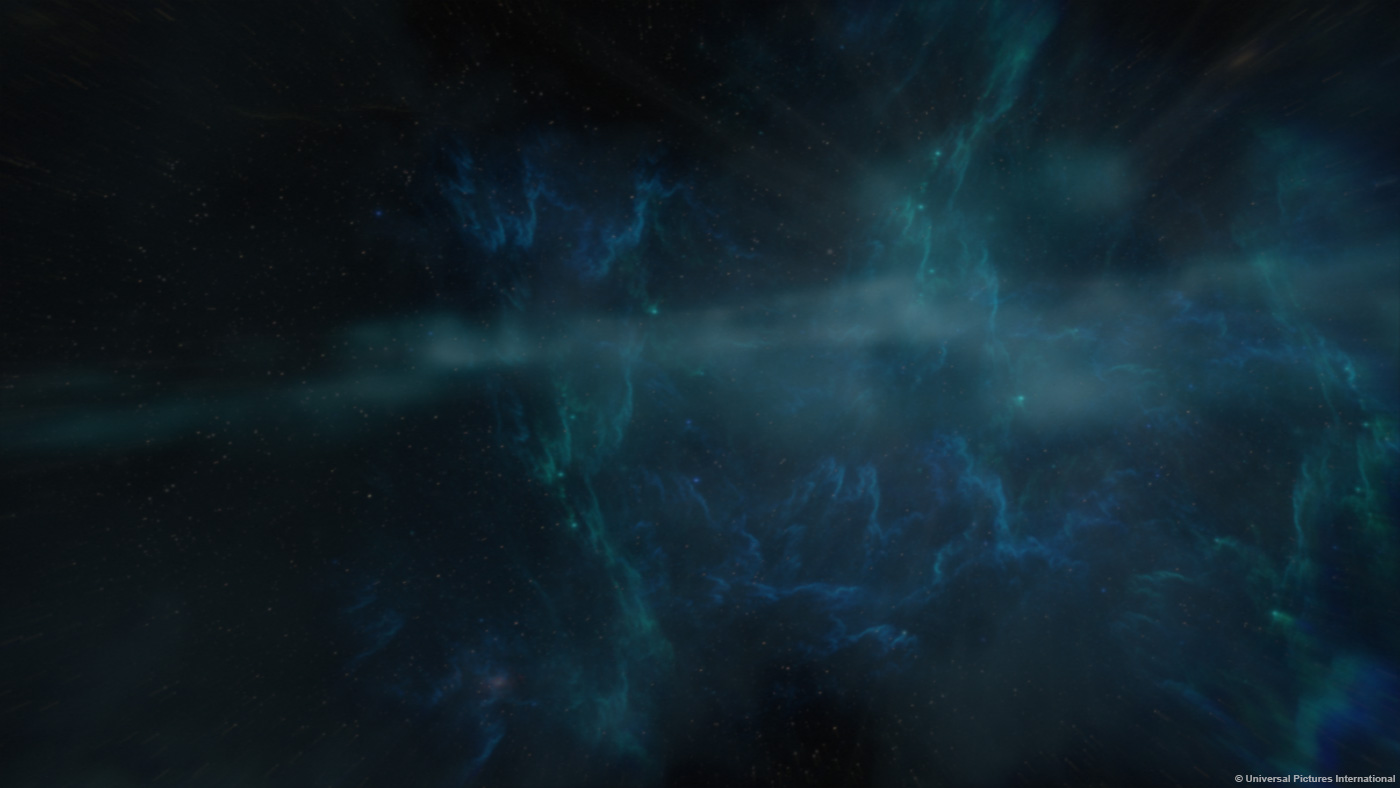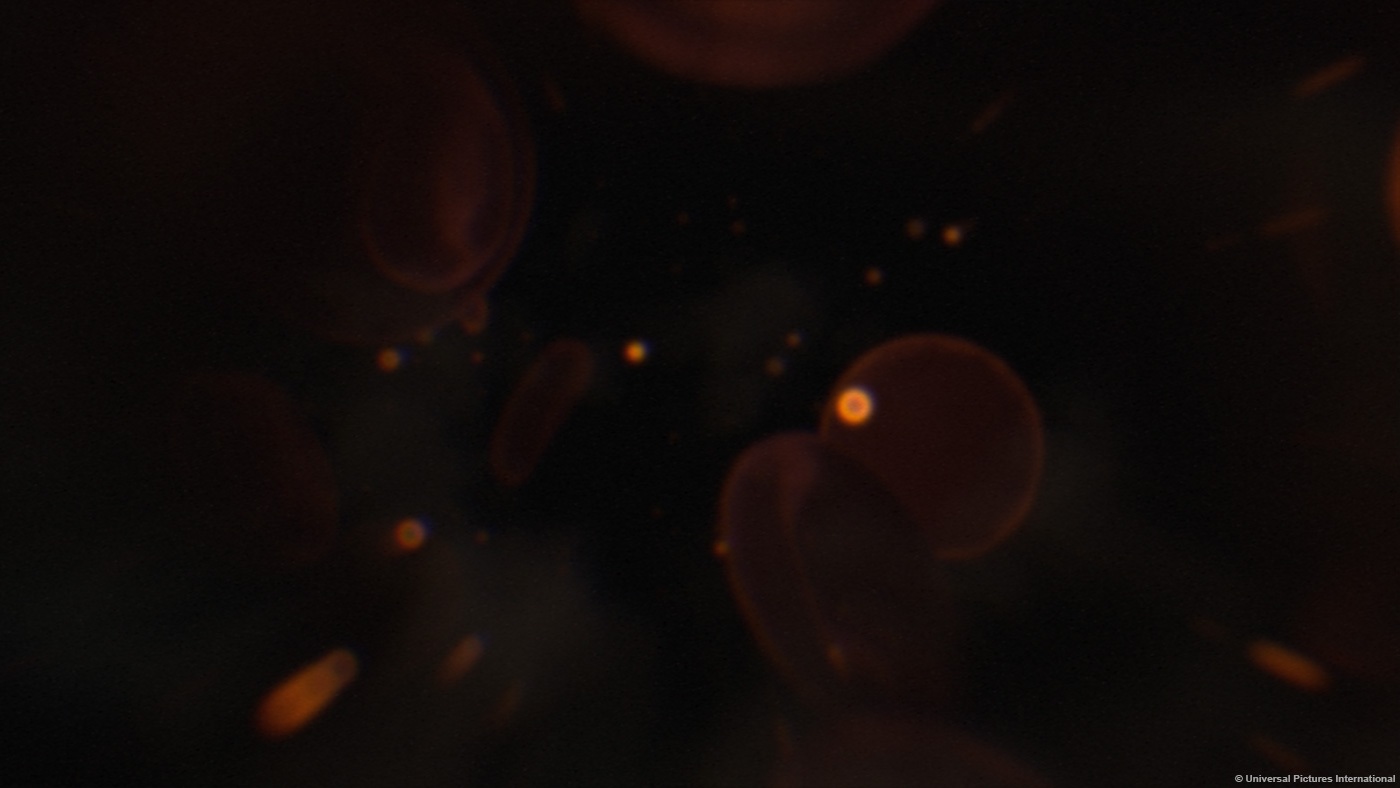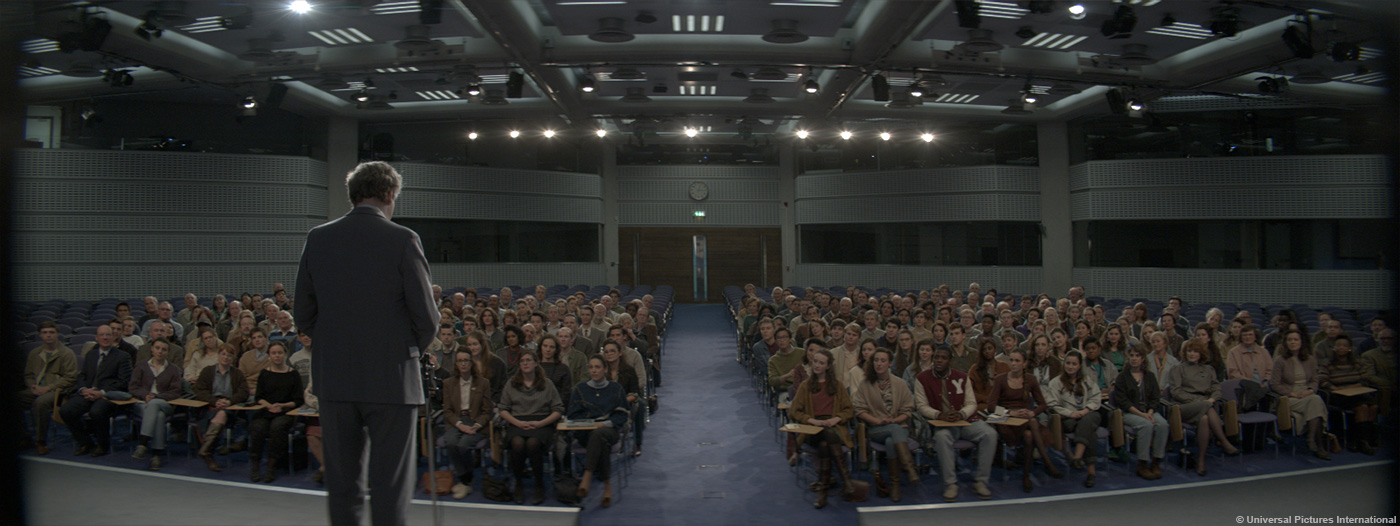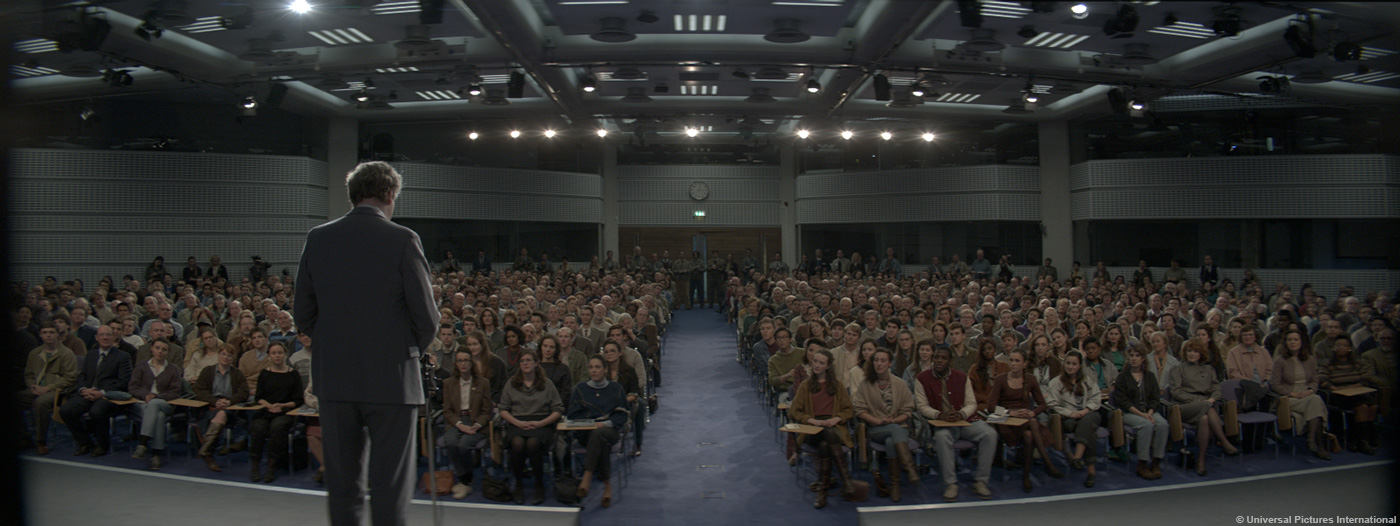In 2011, Adam Gascoyne explained to us the work of Union VFX on 127 HOURS. Then he worked on many projects such as THE WOMAN IN BLACK, TRANCE, PHILOMENA but also on LONDON 2012 OLYMPIC OPENING CEREMONY: Isles of Wonder.
How did you got involved on this show?
We had a number of meetings with James Marsh and the production team and then pitched a number of ideas specifically for Stephen Hawking’s ‘visualisations’. These meetings involved long discussion about the theories and how best to visualise them whilst remaining accurate to the physics and creating images that worked within the context of the movie.
How was your collaboration with director James Marsh?
It was a very good experience for us all round and I think we gelled effectively as a team from the beginning. Once we had gained James’ trust he was very happy to let us interpret our ideas for him and the film.
What was his approach about the visual effects?
It is definitely an issue of trust between a director and the VFX partner and in this case, once this was established, he was very comfortable to let us have total creative freedom to interpret the visualisations.
Can you describe one of your typical day on-set and then during the post?
I had worked with a number of the crew before so it was a pleasure to turn up on set. It was a very creative and efficient environment. The days on set would start with a discussion with James Marsh, Benoit Denholme (DOP) and Deborah Saban (1st AD). We had planned all the bigger sequences in advance but we would re-group and plan camera positions and any last minute tweaks to ideas. A good example of how things flowed was when we were planning for the visualisation of heat radiation, Stephen’s head get stuck in his jumper. We shot a test with an iPhone on the morning of the shoot which got us right inside the jumper. This test ended up being in the film as it worked so well in the context of the scene.
Can you tell us more about the previz creation?
The previs we created was used to plan the end sequence and help Matt Curtis the title designer, pitch his ideas.
How did you enhance and animate the content of Hawking’s monitor?
The main aim was to make it clearer for the audience to read. The actual monitor has a number of words on it and it can be difficult at times to focus on what is being input for speech. We were also able to use the device to reveal the text at the right dramatic moments in the film.
The movie have many set extensions and especially the airport sequence. Can you tell us more about your work on this aspect?
The movie was shot in the UK but was set all over Europe so we augmented some of the environments to reflect this. We added a lot of mountains to the airport sequence as it was set in Geneva.
How did you created the background for the car shots?
The background was made up of plates shot the old fashioned way using a low loader. We had shot the green screen first so knew all the angle and lenses we needed.
Can you explain in details about the various crowd especially the theater shots?
These were also done the old fashioned way. We moved the crowd around the various locations and stitched the plates together to create the illusion of a full auditorium.
How did you approach the beautiful end shot with the journey in space?
We pre-vised it first to nail down timings and concepts and then created most of it using Houdini. The nebula were based on the Hubble space telescope pictures but we made up the shapes and position of these from scratch. We wanted to create a move that also worked well with the orchestration so the various elements were placed synchronously to punctuate the music. We fly through black holes and into the central nervous system and course through the body along with the blood cells and finally fly out through the eye into space again. We tried to tie together all the visualisations we had created in the film.
Can you explain in details about the creation of this shot?
The main elements of the sequence were created within Houdini and then composited and colour corrected using Nuke.
How did you handle the FX elements for this shot?
They were all created in Houdini.
Was there a shot or a sequence that prevented you from sleep?
The end sequence was the toughest really, mainly due to the schedule. We only had 3 or 4 weeks from concept to delivery so it was all a bit tight but our excellent Houdini team made it all seem easy and did a great job with the seamless compositing and colour correction in Nuke.
Is there any invisible shots you want to reveal to us?
The moment when Stephen Hawking first experiences “fasciculation” which is the involuntary tightening of the muscles in his arm. This was done using several live action plates of movements and is pretty convincing. There are so many invisible effects but I don’t want to ruin the magic!
What do you keep from this experience?
Hopefully to work with James again. He is a very talented, generous film maker and it would be great to keep working with him.
How long have you worked on this show?
From initial meetings to delivery probably just less than a year.
How many shots have you done?
About 160.
What was the size of your team?
We had about 30 people on it at its peak.
What is your next project?
We are starting post on GENIUS with Michael Grandage, THE LADY IN A VAN with Nicholas Hytner and finishing up some sequences on EVEREST. We also have some very exciting things starting to shoot in the new year which I can’t tell you about now but would be delighted to a little later in the year…watch this space!
A big thanks for your time.
// WANT TO KNOW MORE?
– Union VFX: Dedicated page about THE THEORY OF EVERYTHING on Union VFX website.
© Vincent Frei – The Art of VFX – 2015


